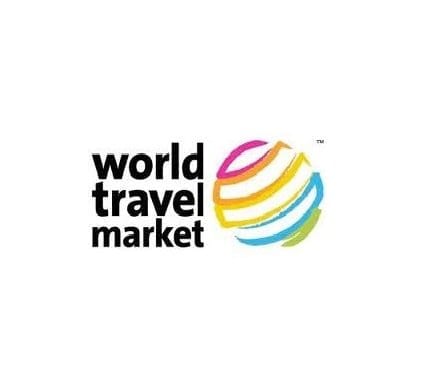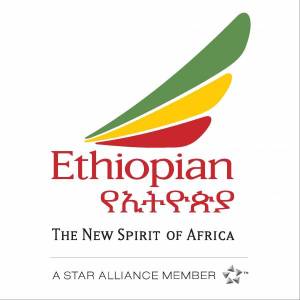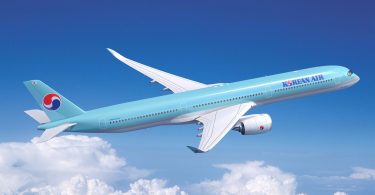A report by technology company Sabre identifies regional polarization of travel preferences and presents 4 new traveler “types” emerging within Asia Pacific: Explorer, Connector, Follower, and Opportunist.
– Travel becomes mainstream: four in five Asians see travel as a “necessity” today, not a “luxury.”
– One in three Asians to travel for leisure three or more times per year.
– A small majority of Asian travelers are more “self-oriented” (56%) in their travel and seek to take control of their trip (58%).
– “Explorer” is the number one traveler type (38%) in Asia Pacific – someone who seeks discovery and self-actualization while valuing experiences that are spontaneous and flexible.
– Report identifies top traveler types across 11 markets: Australia, China, Hong Kong, India, Indonesia, Japan, Korea, Malaysia, New Zealand, Singapore and Taiwan.
A study released today by Sabre Corporation (NASDAQ: SABR), a leading technology company serving the global travel industry, reveals a series of highly contrasting traveler preferences behind the growing Asian Pacific travel market.
Four out of five Asian travelers surveyed state that travel is no longer a luxury for them, it’s a necessity. Over one in three say they would travel for leisure three or more times per year.
“Barriers to travel in the region are breaking down – strong macro-economic performance, rising personal incomes, a surge in affordable travel options and increased Government support are all driving growth – meaning traveler volumes are undisputedly on the rise. But traveler preferences are also evolving,” comments Todd Arthur, vice president of sales and market development for Sabre Travel Network Asia Pacific. “Those who work in the industry are observing that serving travelers based on a traditional trip category alone, such as business or solo or senior travel, has limited value in today’s more dynamic market.”
Andrew Herdman, Director General, Association of Asia Pacific Airlines, notes: “It’s hard to segment consumers across the markets, but you may be able to identify some common themes based on the values of travelers and psychographics. No one has approached it this way yet.”
Major polarization of Asian travelers exists
Using a psychographic assessment of travelers, the study finds that major polarization exists across two key dimensions around the region: “Motivation” – whether a traveler is motivated by “self” or “others” in their travel choices – and “Behavior” – specifically the level of control a person wants to exert over their trip.
Self-oriented travel with a personal touch
However, a small majority of travelers are more likely to be motivated to travel by self-oriented reasons (56%), seeking to build their own individuality and life experiences rather than the opportunity to gain experiences to share with others (44%). When it comes to behavior, more travelers would rather exert control in their trip (58%) over letting someone else take charge (42%). This reflects a growing sense of consumer empowerment and willingness to invest more effort in personalizing the travel experience; pre, mid or post trip.
Introducing the four Asian traveler types
Mapping these polarizations across both behavior and motivation gives rise to four distinct Asian traveler types. They are: the Explorer, Connector, Follower and Opportunist.
More control doesn’t mean less help!
Taking more control of a trip does not come at the expense of external support and trip guidance offered by travel providers and agents. In fact, the study finds that over three in five Asians (64%) expect to use a travel agency for their next trip.
Sabre is working with travel companies in the region to introduce new technologies that help them adapt and respond to these changing traveler types. “We’re encouraging our customers in the travel industry to ask, ‘how do I evolve my offering to connect with these travelers in the way they want?’ That’s how they’ll capture their attention, and credit cards,” says Todd.
“Take the Explorers, for example. They are the traveler type most likely to want to plan their trip on the go, so there’s a great opportunity today for the industry to provide consumers with technology platforms that offer on-demand trip planning and travel shopping services.”
“Explorers” take top spot
One in three Asian travelers fall into the “Explorer” category, making this the most common traveler type around the region. Notably though, after this there is an almost even split of travelers, by volume, between the three remaining traveler types.
National preferences
Geographic groupings of traveler types do exist around the region though. After Explorer, which is the top traveler type for all 11 Asian markets surveyed, the following groupings were recorded:
– Connectors tend to be swaying their influence in Australia, Indonesia, Korea and New Zealand.
– Followers are gathering together in Hong Kong, India, Japan, Malaysia and Singapore.
– Opportunists are ready to go in China and Taiwan.
Defining features of the four traveler types
“Sabre’s study provides a fresh take on Asian travelers today. By going beyond traditional traveler segmentations to map the evolution of our customers at a more granular level we can hone our services to keep adding value to the travel experience,” comments Allen Leng, Corporate Office Director, Chan Brothers Travel & Director, Chan Brothers Lab.
Sabre Travel Network’s senior vice president for Asia Pacific, Roshan Mendis, concludes: “Asia Pacific’s travel industry is booming. Not only are we the world’s largest travel market today but we are also one of the regions with the highest levels of projected growth. With this comes rapid evolution in the way people travel; their expectations, choices, likes and dislikes. We need to understand these changes to keep the travel industry players we serve at the forefront of this evolution.”





















